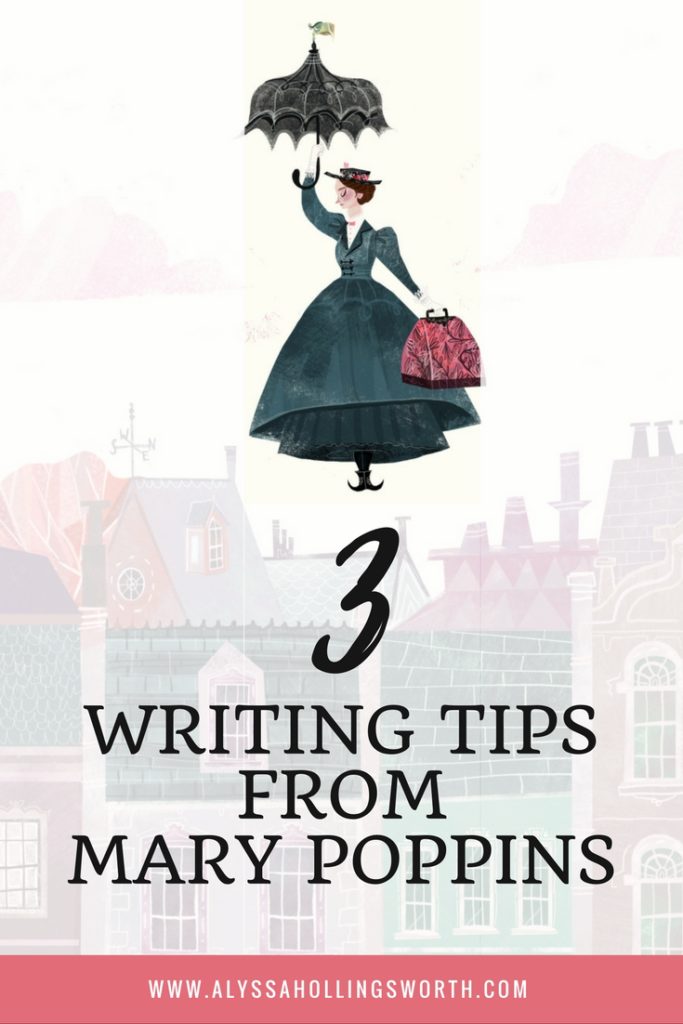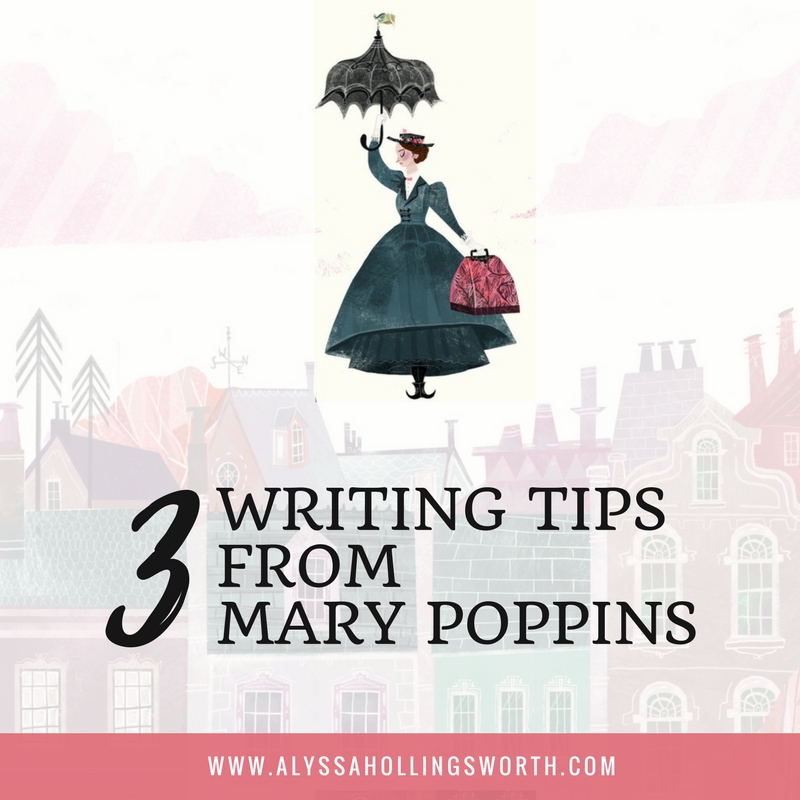 After seeing the trailer for Saving Mr. Banks, I suddenly found myself far more interested in Mary Poppins than I have ever been before. So I picked up the book and gave it a read. Not only that—I decided to put my English major to good use and take notes, and I found some universally good writing tips in this (frankly, very strange) children’s book.
After seeing the trailer for Saving Mr. Banks, I suddenly found myself far more interested in Mary Poppins than I have ever been before. So I picked up the book and gave it a read. Not only that—I decided to put my English major to good use and take notes, and I found some universally good writing tips in this (frankly, very strange) children’s book.
1. A sympathetic character is far more intriguing than a cardboard cutout.
Obvious point is obvious, right? But I think this is one of the most interesting strengths of Mary Poppins. The woman is a very haughty, easily offended fun-killer for 90% of the book. But a magical thing happens at the end of chapter one and throughout chapter two:
“But nobody ever knew what Marry Poppins felt about [coming to the Banks’ house], for Mary Poppins never told anybody anything.”
Immediately I found myself asking, “What does Mary Poppins feel?” From then on, her almost intolerable snappishness became intriguing rather than annoying.
This is followed by chapter two, in which Mary meets up with Bert and is all gentleness, saving his pride by pretending to not want tea when he can’t afford it, and sharing in his wonder when they travel into his chalk world.
The placement of this chapter makes Mary Poppins sympathetic and almost tender before we read the next 150 pages of her being harsh to the children. Again, being introduced to a character this way creates a sympathy Mary Poppins wouldn’t otherwise have. It also makes readers pay more attention to the moments of tenderness that reoccur in glimpses (like when Mary leaves the Banks).
Another tip you can take from the second chapter in particular: Characters act different when they’re around different people. Mary Poppins may treat the children and her uncle in very similar ways, but when she’s around Bert she’s almost entirely another person.
2. Details and tone create believable scenes, even if the situation is absurd.
In chapter six, Mary Poppins tells the story of a cow who could not stop dancing and had to go to the king for help. This scene has fascinating character voice and details, which make it seem very natural that a cow would be in this situation.
Consider below:
“What have we here, ho?” [the king] demanded, as the Red Cow danced to the foot of the steps.
“A Cow, your Majesty!” she answered simply.
“I can see that,” said the King. “I still have my eyesight. But what do you want? Be quick, because I have an appointment with the Barber at ten.”
Later:
“How high do you suppose it is [to jump over the moon]?” she said aloud as she danced.
The King looked up at the Moon.
“At least a mile, I should think,” said he.
The detail and the character voice make this scene work. The king has an appointment with the barber instead of just being vaguely snappy. The moon is at least a mile away instead of just being “rather high.”
The voice of the king also creates believability. It sounds like he’s an individual person (even though he’s a redshirt in the book) and will continue to exist and get his hair cut long after the scene ends. You can easily hear which speaker is which because the Red Cow and the king have two distinct personalities.
Having solid details and solid characters (each with their own motivations) creates believability. Whether you’re writing a children’s book, fantasy, or the next Stephen King thriller—this is true of all writing. Details build worlds and suck readers in.
3. Clichés can be used as opportunities to create beautiful prose.
Several times, P.L. Travers expands on a cliché to show off her writing style. She doesn’t do it too frequently (I have only three occurrences marked in the latter half of the book, though I may have missed some), but when she does it, she does it very effectively.
Some of my favorites:
Cliché:
“As plain as black and white.”
Travers:
“To her a thing was either black or white—there was no question of it being grey or perhaps pink.”
Cliché:
“Sink through the floor.”
Travers:
“The Butcher found himself wishing there was a trap-door in the floor of his shop that would open and swallow him up.”
This last one isn’t so much a cliché as a fairly common description (“the house was quiet”) turned into something lovely.
Travers:
“All afternoon the house was very quiet and still, as though it were thinking its own thoughts, or dreaming perhaps.”
By adding detail to the clichés, Travers gets to show off her use of prose, often with whimsical or amusing results.
A few writing prompts to take away:
- Write about a moment when your character unwittingly shows his or her heart. Try to put the moment in a scene where the character is forced to interact with someone else.
- Explore the ways your character acts with people of different ages, social classes, or beliefs.
- Move your character from a scene with someone they don’t know well to someone they are close to, and see how their behavior changes.
- Take one of your minor characters and give them specific details about their life, including motivation. Try rewriting a scene they are in and see how it changes.
- Find an instance where you used a cliché and turn it into an opportunity to create unique prose.
Did I miss anything? What are other writing tips people can take from Mary Poppins (the book or movie)?


















